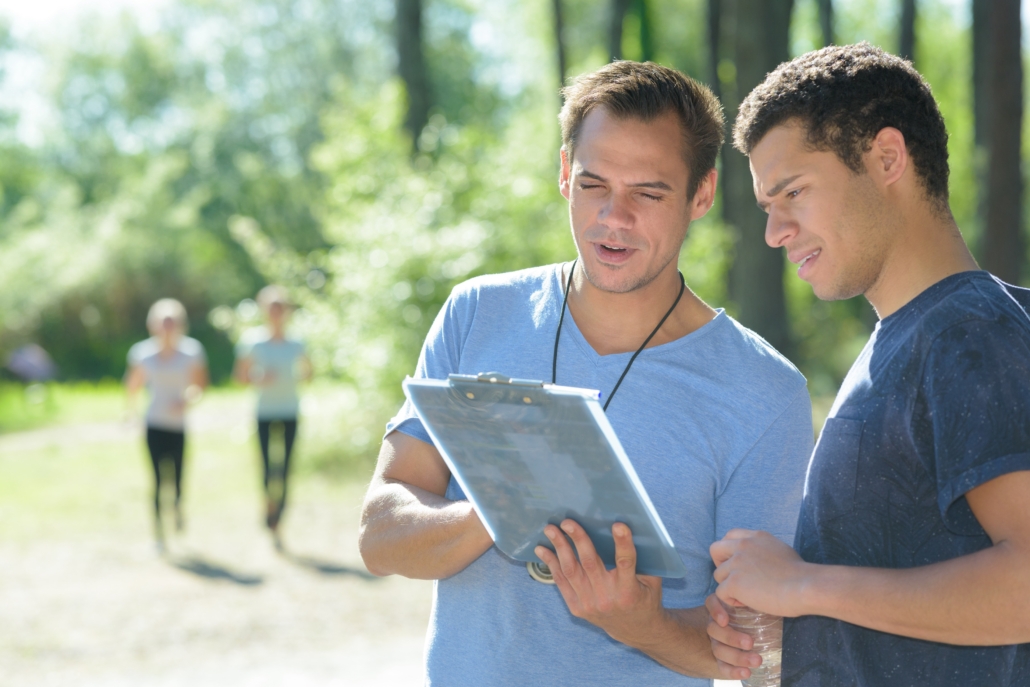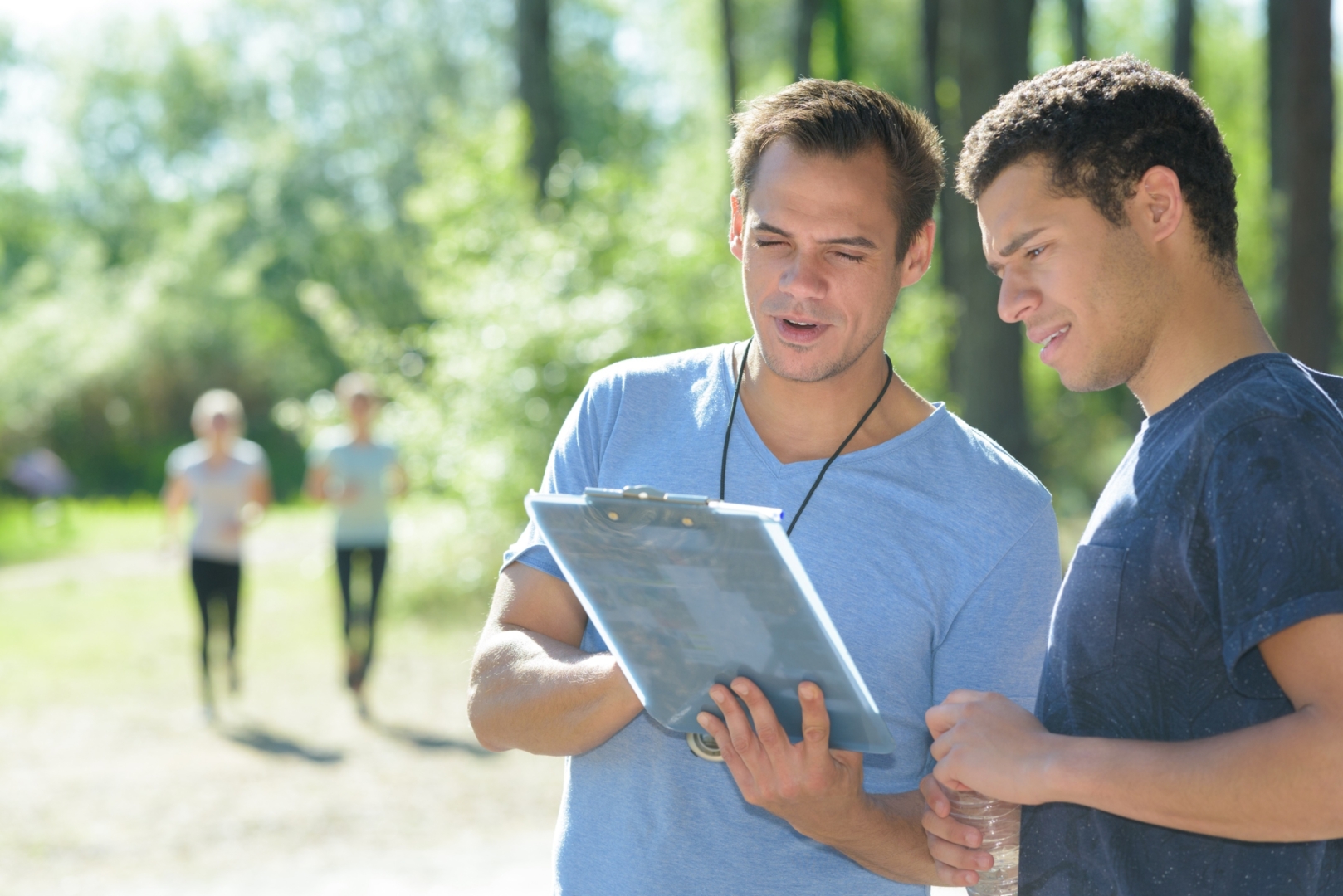Three progressive steps for effective athlete development
To effectively develop athletes, coaches should follow three progressive steps in their training plans: define the demands of the sport, categorise those demands into coachable components, and model training plans to target athlete skill mastery.
- Athlete development relates to the process of mastering skills, becoming more efficient at sporting actions and enhancing athletes’ technical understanding of play to become more competitive.
- To effectively develop athletes, coaches should follow three progressive steps in their training plans: define the demands of the sport, categorise those demands into coachable components, and model training plans to target athlete skill mastery.
- These three steps give coaches a structured tool to use to coach successful performance actions within competition.

Athlete development: What coaches need to know
There are many factors that make up athletic performance — coaching, training and nutrition to name a few — and each factor carries with it a lot of ambiguity. Therefore coaches often develop unique approaches as they try to find a way to consistently improve their athletes’ performance.
However, implementing models and frameworks to develop consistency can be vital, a leading performance and rehabilitation coach says.
“Models and frameworks are important to developing the consistency required to produce successful performance routinely. They aim to simplify and systemise our strategies, enabling unique coaches to train athletes appropriately in their development,” explains leading performance rehabilitation coach Joey Wannouch in his Science for Sport presentation titled “Athlete Development Framework’.
3 progressive steps for athlete development
Wannouch mentioned coaches should follow three progressive steps in order to simplify and systemise their training and development strategy:
- Define: Identify Demands
- Categorising: Coachable Components
- Model: Strategic Planning and Periodisation
Define: Identify Demands
During this stage, “coaches should define key movement processes. To do so, conduct both sport and athlete-orientated needs analysis,” said Wannouch.
“Your sport needs analysis will allow you to understand competition level, sport duration, game stoppages, and positions of play. This is fairly basic but it is important to outline the context in which your athletes compete.”
For a sport like football (soccer), an example needs analysis features below:
| Attacking | Transition | Defending | ||
| Build-up | Scoring | Attacking and defending | Disrupting build-up | Preventing goal |
| Dribbling | Shooting | All actions | Pressing | Blocking |
| Passing | Heading | Pushing up | Deflecting | |
| Kicking | Challenging | |||
| Crossing | Blocking | |||
| Heading | Tackling | |||
| Throwing | Heading | |||
| Creating space | Man marking | |||
| Covering space |
Categorising: Coachable components
Once you have completed your needs analysis and identified sport demands, you can categorise the tasks and movement patterns.
“Find the common movements across each sporting task and then identify the coachable athletic components. Typical components include: stances, linear and lateral movements, acceleration/deceleration, multi-directional agility, jumping and landing, and others,” mentioned Wannouch.
The process of categorising simplifies processes that would otherwise be overwhelming and enables coaches to develop compound drills that can improve multiple movement pattern qualities.
“At this stage of the framework, you should have defined the demands of the sport and the actions required during competition, identified the movements associated with those specific actions, defined the demands of the athletes and identified their strengths and weaknesses, and categorised the movements into coachable athletic components,” said Wannouch.
Model: Strategic Planning and Periodisation
“In this stage, you should apply your knowledge of athletic drills to improve the underlying qualities associated with identified movement components. This allows for skill mastery and increases the quality and consistency of the actions within the sport; thus, improving performance outcomes,” outlined Wannouch.
To master and improve performance outcomes, coaches need to strategically progress the movement components through increasing stimuli and imposed demands. Wannouch outlined five stages athletes should be taken through:
- Predictive conditions – athlete dictated (initiates, directs, and grades movement)
- Reactive conditions – movement executed in response to stimulus (e.g., coach calling out which direction to move in, left or right)
- Resisted/loaded movements – develop directional strength (strength, power, and speed in movement should be focused on, such as performing resistance band movements)
- Perturbative/unstable conditions – Challenge athlete stability with unstable surfaces or resistances.
- Controlled chaotic conditions – real-time scenarios that are closely related to match demands.
For a lateral progression, specifically focusing on a side shuffle movement, Wannouch’s five stages could look like this:
| Movement component/drill | Predictive | Reactive | Resisted /loaded | Pertubative | Controlled chaos |
| Side shuffle | Cone setup | In reaction to a ball being played – mirror drill | Band, sled resisted | Contact upon stages | Defensive line shape drill – rondo bouncer |



